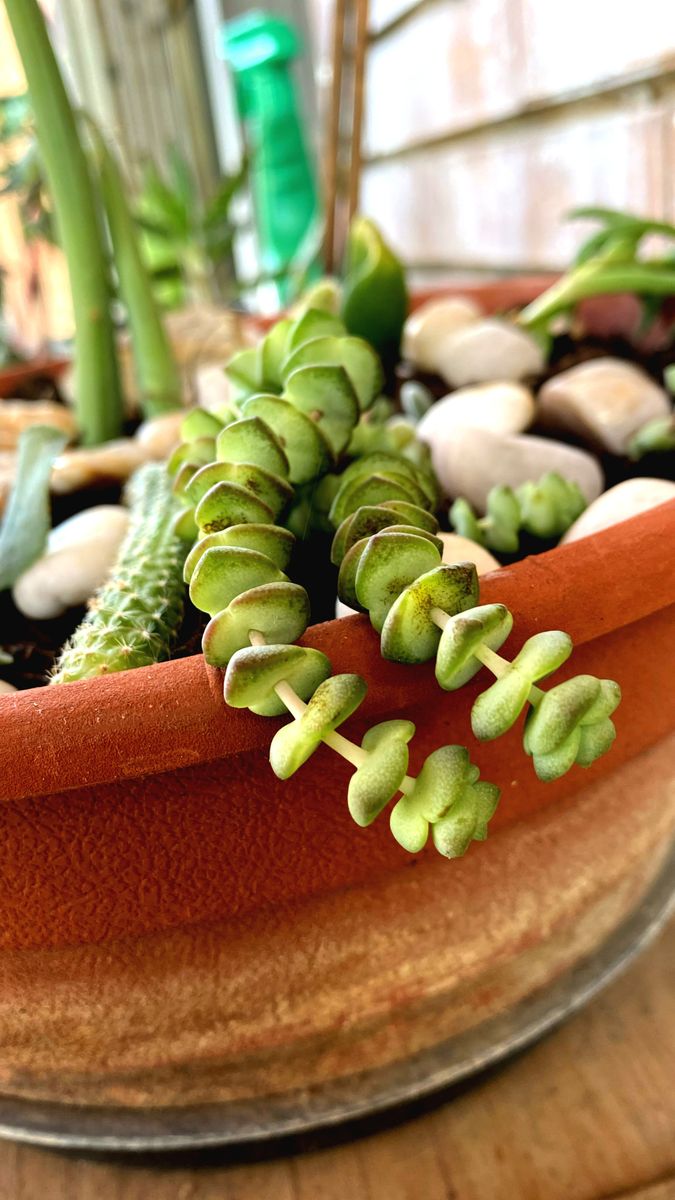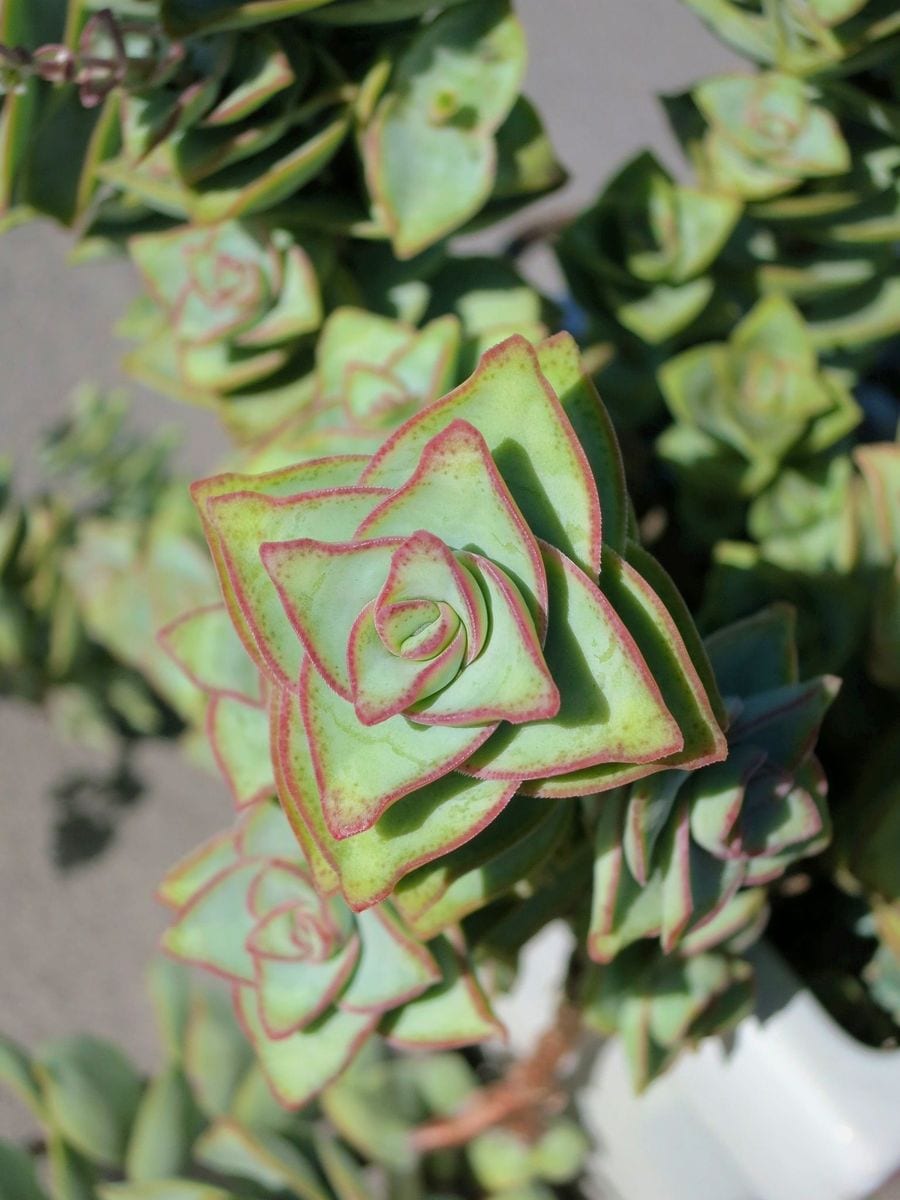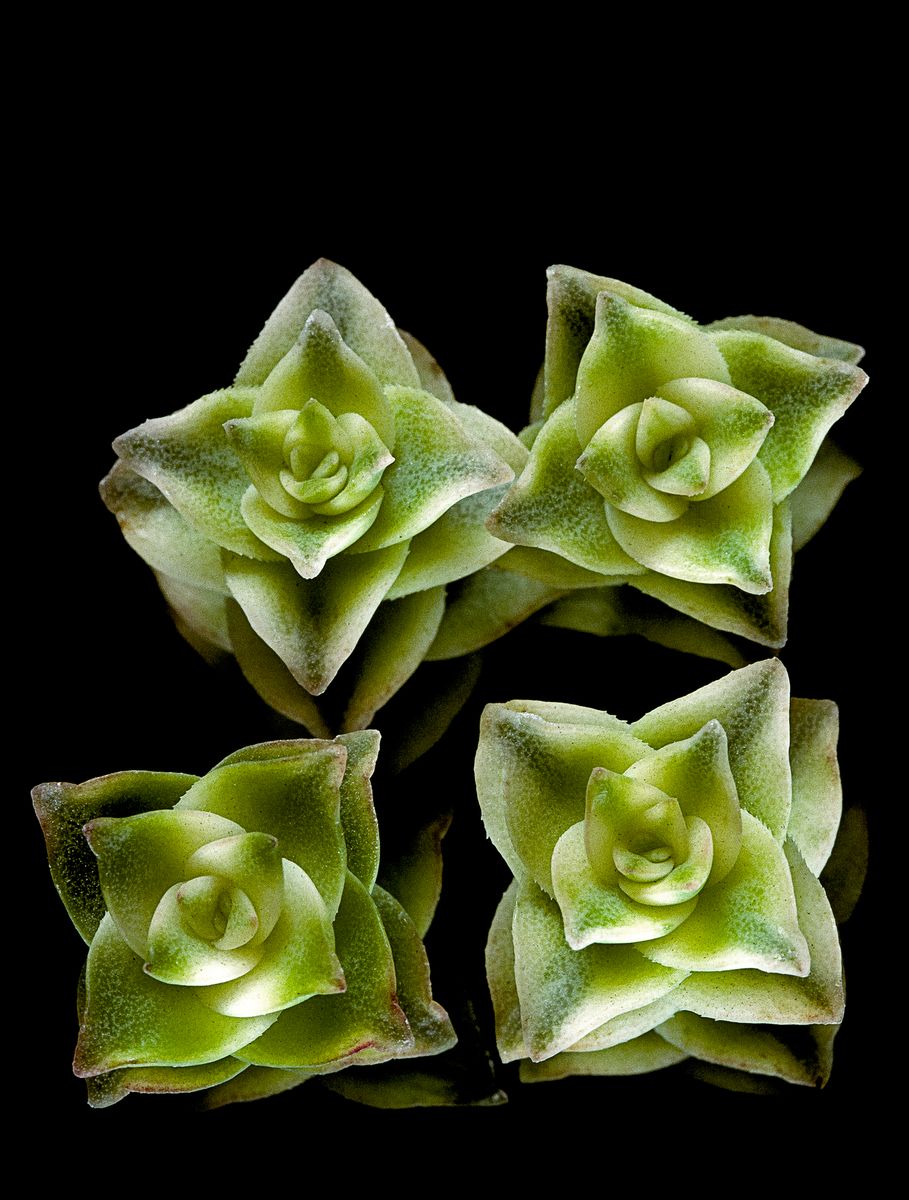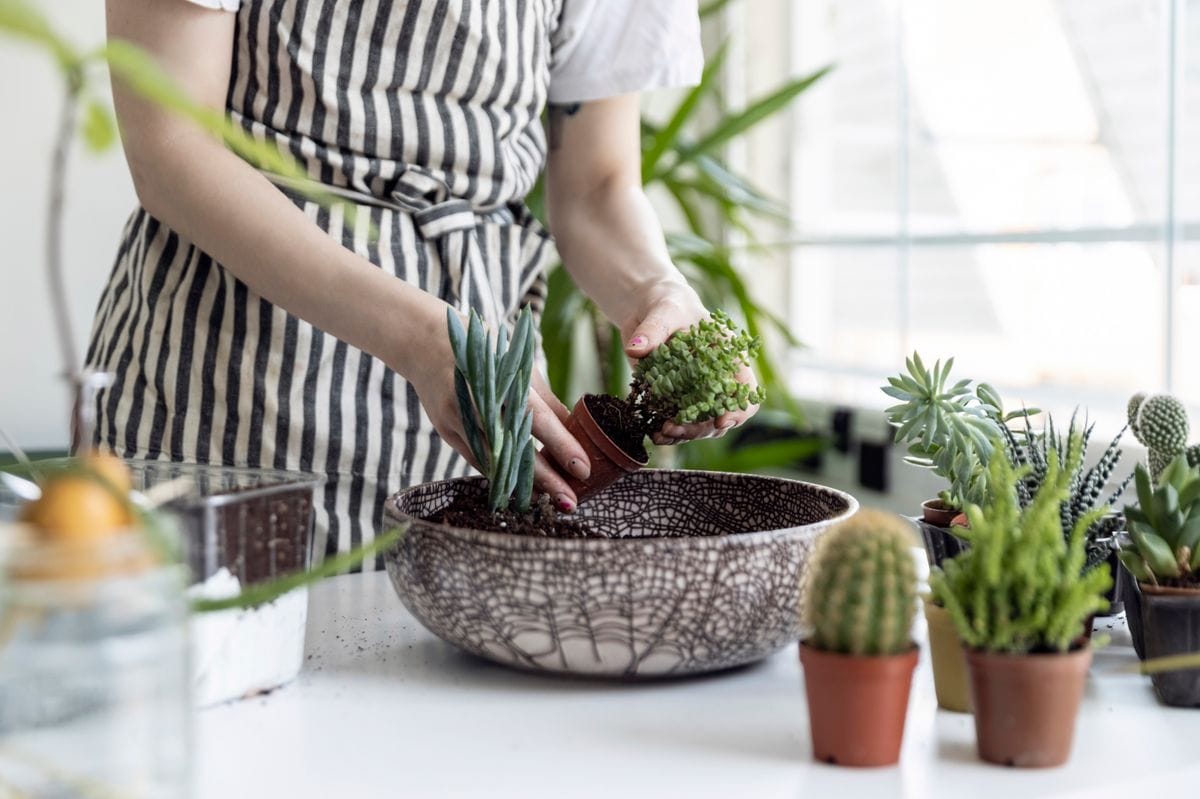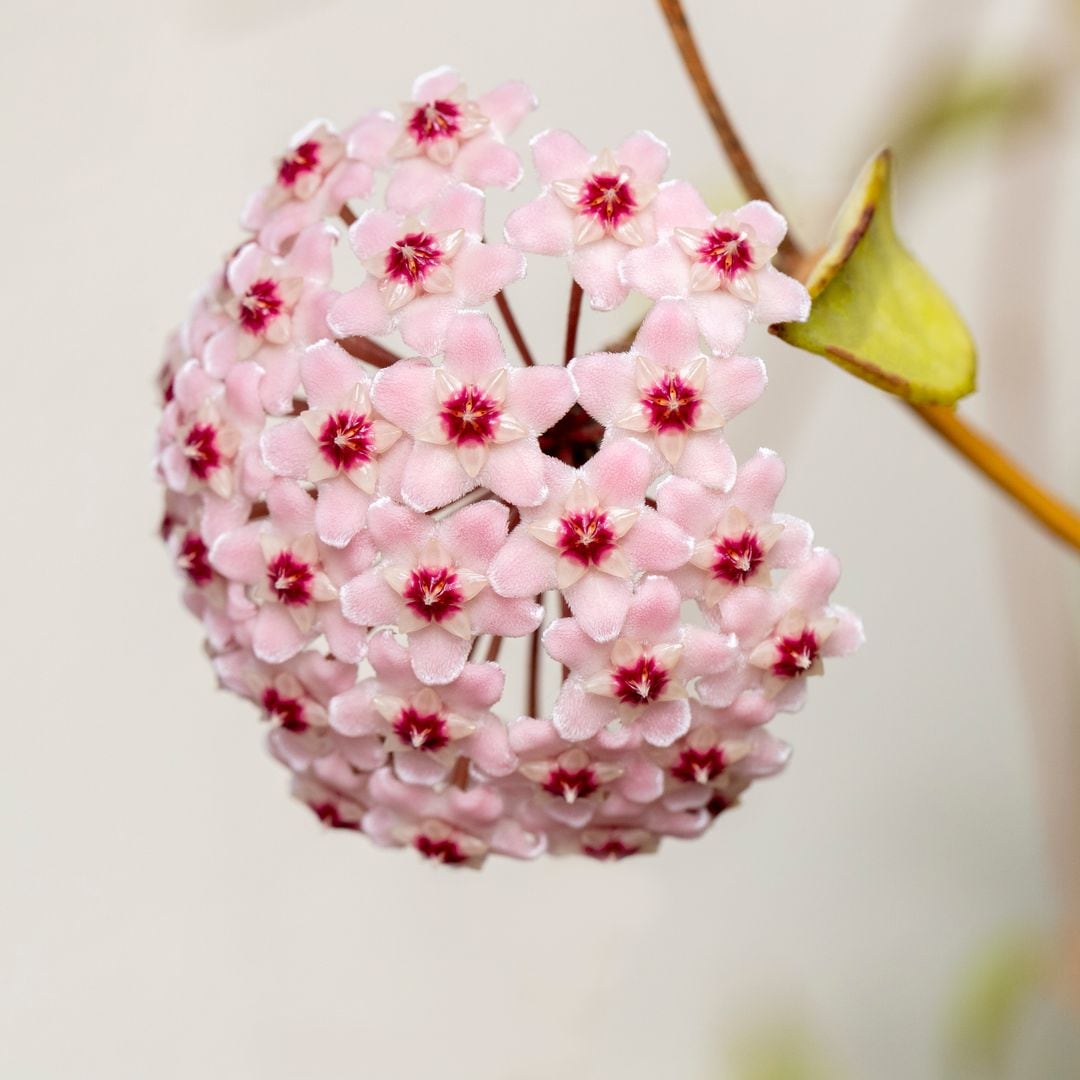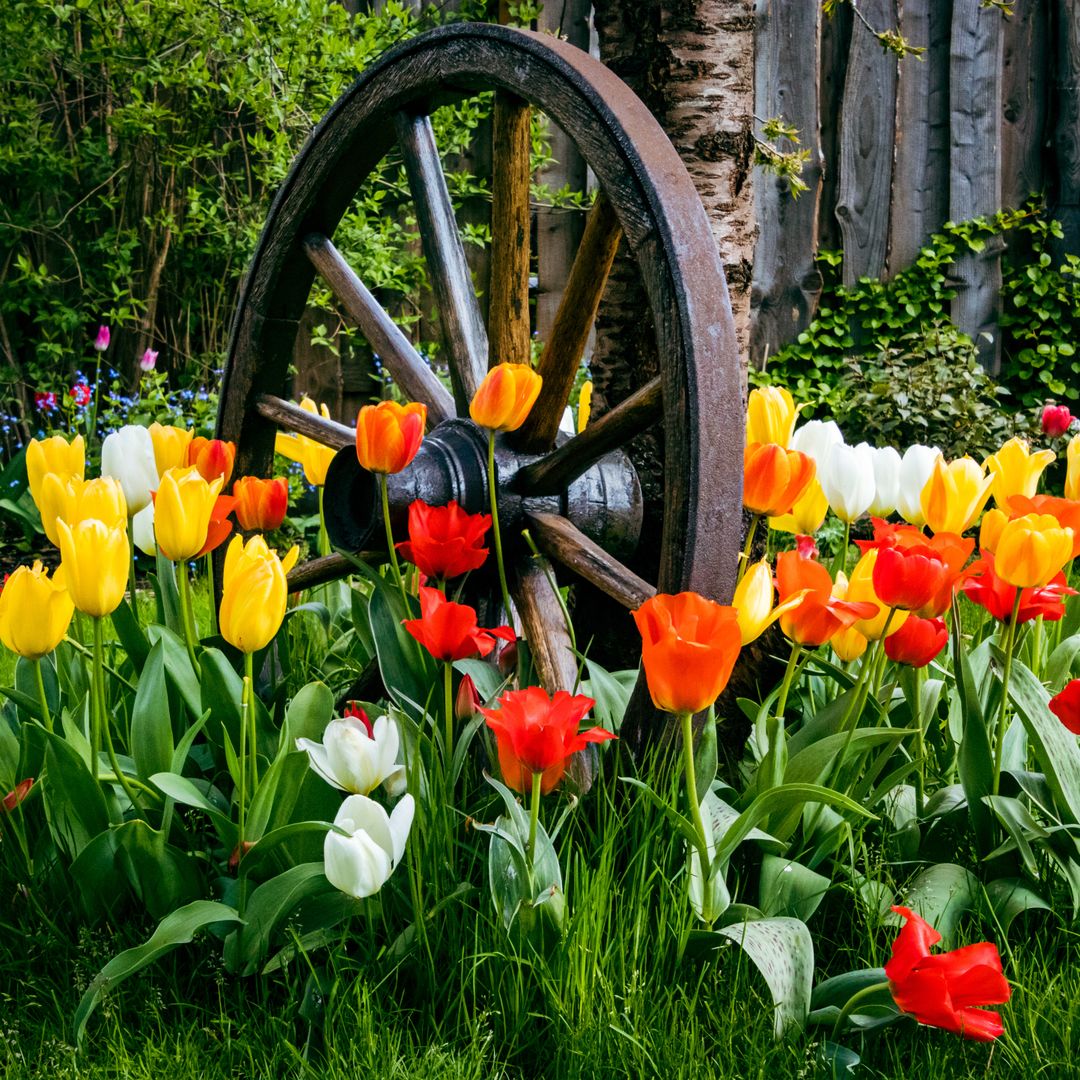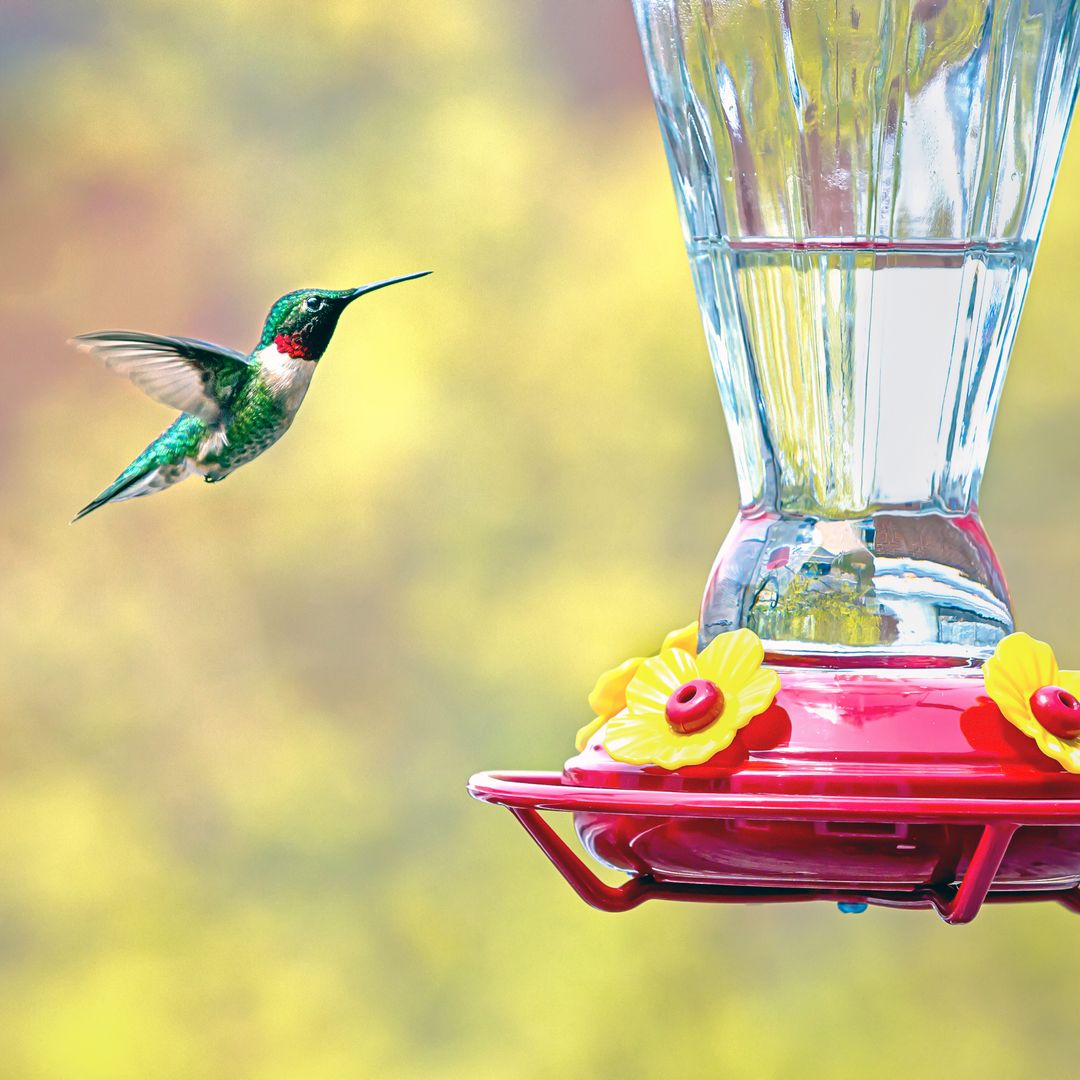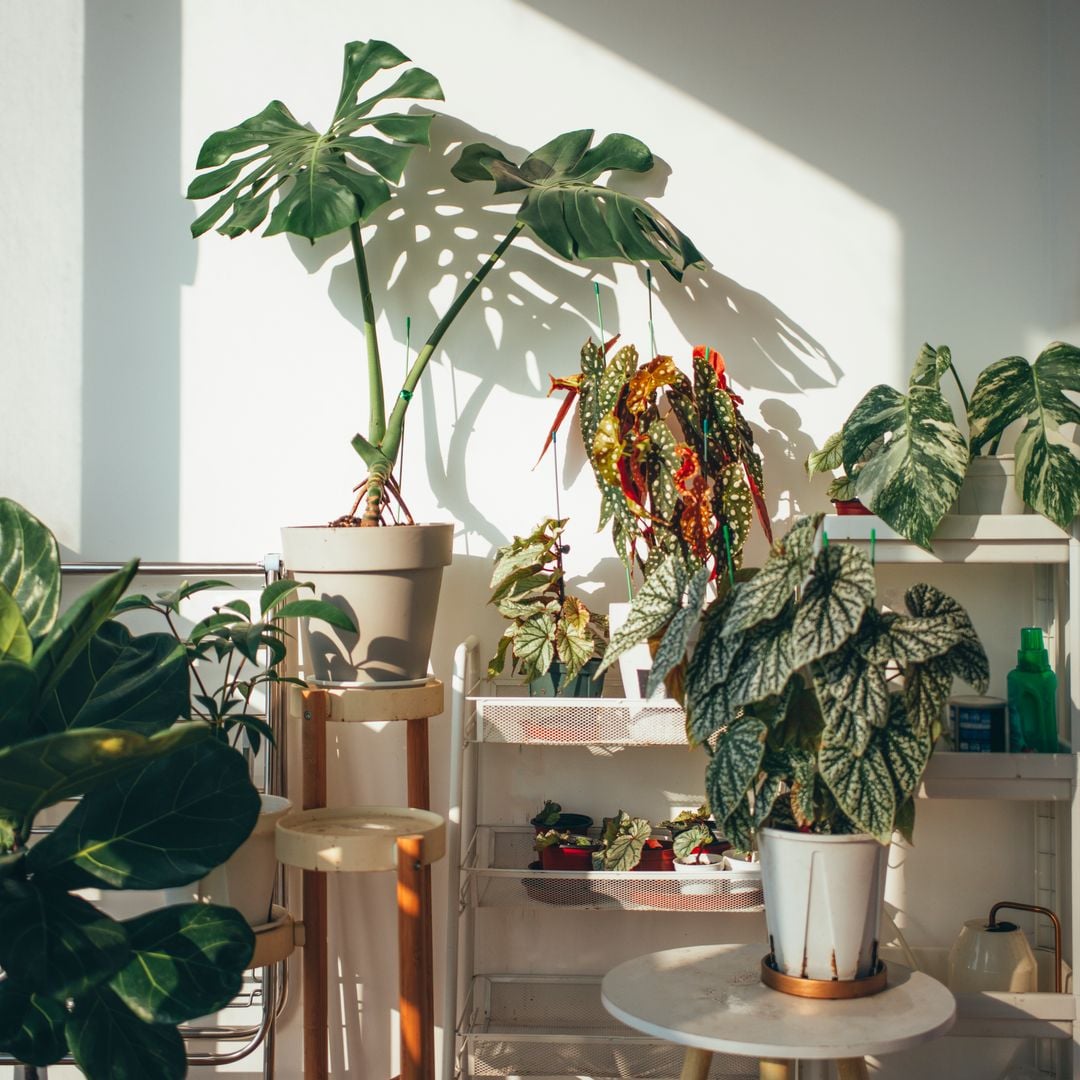If you're looking for a houseplant that’s both stylish and easy to care for, the String of Buttons is a perfect choice. Named for the way its leaves stack one over the other, resembling little buttons on a thread, this succulent adds personality to any space. With soft green tones and hints of pink along the edges, it brings a fresh, playful charm to your home—whether you're decorating a sunny windowsill, a bookshelf, or a patio corner.
Here’s what you need to know to keep your string buttons growing and happy, season after season.
Where does the String of Buttons come from?
Native to warm and humid climates, Crassula perforata develops in tropical and subtropical regions. Its common name highlights its visual charm, while its scientific name refers to the patterns of its leaves, which are layered and flexible.
Its unique beauty and ease of maintenance have made it a favorite among plant lovers everywhere. Best of all? It’s resilient and low-maintenance, making it a perfect choice whether you’re a plant newbie or a seasoned green thumb.
Let's take a closer look at crassula perforata
What makes this succulent so eye-catching is its spiraled, button-like leaves. The Vibrant green, often tipped with blush pink or red, leaves grow along the stem in stacked pairs, creating a dynamic and architectural look.
It’s compact—usually between 12 and 24 inches tall—making it ideal for small spaces, decorative planters, or vertical gardens. Whether on a windowsill, a shelf, or a patio table, it instantly adds texture and freshness. And if you’re looking to share the love, just like the snake plant, it propagates easily from cuttings.
Where is the best place for it?
Indirect sunlight is best for the String of Buttons. For indoors, place it near a window with filtered light. Direct sunlight can be too harsh and may cause the leaf tips to fade or burn. A small grow light can help it thrive in rooms with little natural light.
If you’re keeping it outdoors—on a balcony, terrace, or garden—choose a spot with partial shade and protection from intense midday sun and strong winds. The right location will enhance its growth and the vibrancy of its colors.
The right temperature
Like many tropical plants, this succulent prefers warmth. Aim to keep it in a space between 68°F and 82°F (20–28°C) during the day and no cooler than 59°F (15°C) at night. Avoid sudden temperature changes and protect it from drafts or frost, whether indoors or out. In colder seasons, you can cover it or bring it inside to keep it cozy and safe.
Soil and drainage essentials
The String of Buttons likes a light, well-draining soil mix. A blend of potting soil, perlite, and a touch of coconut coir or peat moss works beautifully. This allows water to flow, preventing the roots from sitting in moisture, a common issue with succulents.
Be sure to plant it in a container with drainage holes to keep roots healthy and happy.
With just a bit of care and the right setting, the String of Buttons (Crassula perforata) becomes more than just a plant—it becomes a living piece of design. Elegant, easygoing, and endlessly charming, it’s a lovely way to bring nature into your everyday life.
,type=downsize)

